Peaches, with their juicy sweetness and velvety skin, have long been a favorite among fruit lovers. Native to China, this delectable fruit has traveled across continents and climates, establishing a solid global presence. But when it comes to the question, “Which country is famous for producing the most peaches?”, the answer remains undisputed: China.
In this article, we’ll explore why China is the world’s peach production leader, how peach cultivation fits into its agricultural system, and how other countries compare. We’ll also touch on the types of peaches, growing conditions, export statistics, and global consumption trends to offer a comprehensive view of the peach industry.
1. China: The Undisputed Peach Giant
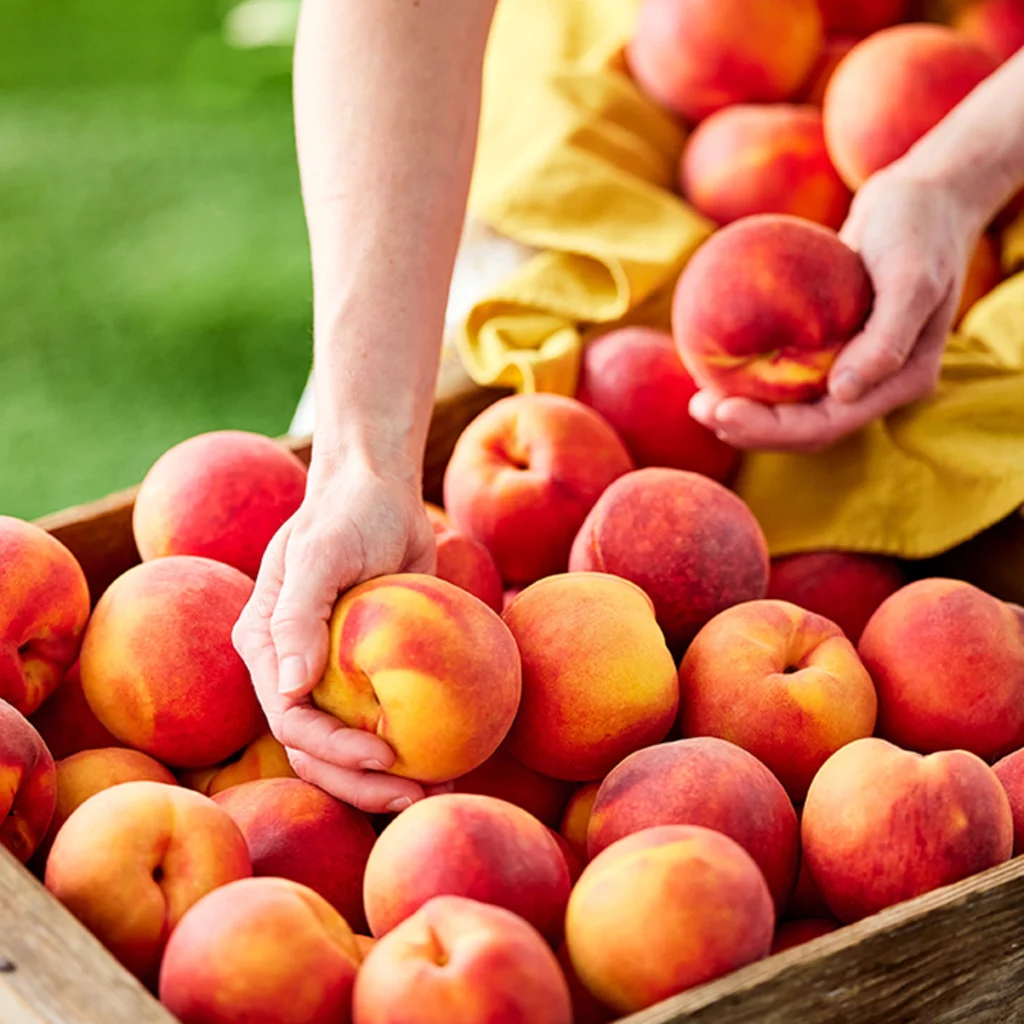
China isn’t just the birthplace of peaches; it’s also the global leader in peach production by a vast margin. As of the latest FAO statistics, China produces over 60% of the world’s total peach supply, with an annual yield that often exceeds 15 million metric tons.
Reasons for Dominance:
- Favorable Climate: China’s vast and diverse geography provides the ideal environment for peach cultivation—from temperate zones in the north to subtropical regions in the south.
- Rich Agricultural Heritage: Peaches have been cultivated in China for over 4,000 years, deeply woven into its history, culture, and traditional medicine.
- Government Support & Innovation: China’s agricultural sector receives substantial government support. Advanced techniques in irrigation, hybridization, and pest control have significantly boosted yields.
- Diverse Varieties: China grows more than 100 different varieties of peaches, ranging from clingstone and freestone to flat (donut) peaches, offering versatility in flavor, use, and shelf life.
2. Peach-Producing Regions in China
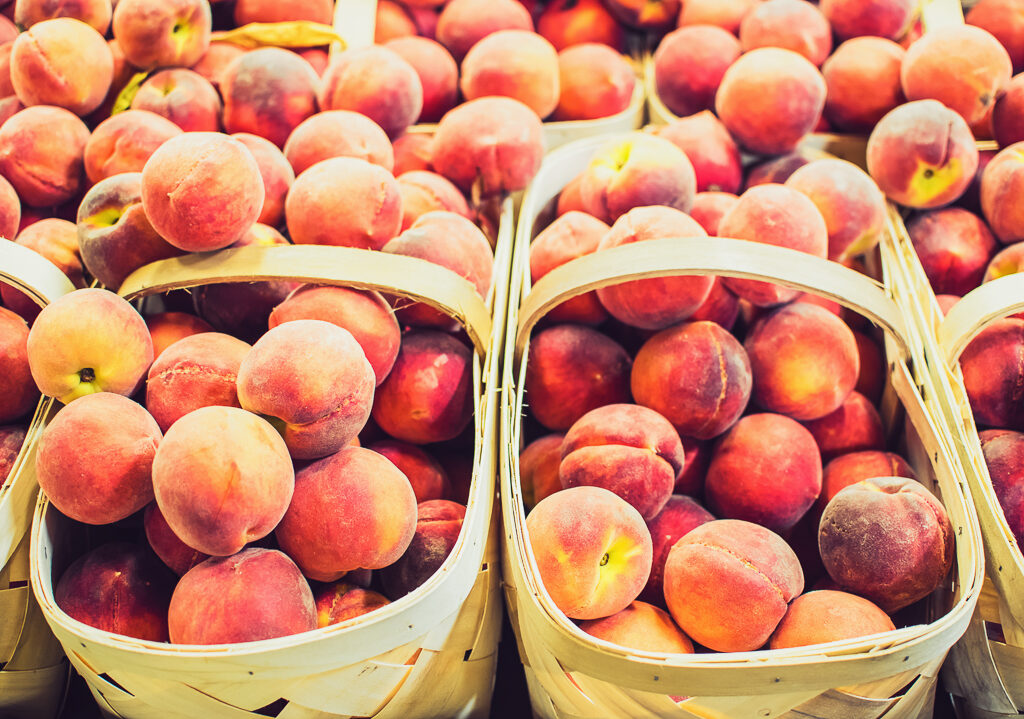
While peaches are grown across many provinces, certain areas stand out for their quality and quantity:
- Hebei Province: Known for early-maturing varieties and high market share in northern China.
- Shandong Province: A major peach-exporting region with fertile soil and favorable conditions.
- Shaanxi and Gansu Provinces: Famous for organic and high-altitude peach varieties.
- Zhejiang and Jiangsu: These regions produce flavorful and premium flat peaches often sold in high-end markets.
3. The Cultural Significance of Peaches in China
In Chinese culture, peaches symbolize immortality, prosperity, and unity. They often appear in artwork, festivals, and mythology:
- Peach Blossom Festival: Held in spring, celebrating renewal and beauty.
- Legend of the Peaches of Immortality: According to mythology, the Queen Mother of the West had a peach garden with fruits that granted eternal life.
- Gifting Peaches: Often given to elders as a sign of respect and long life.
4. Global Peach Production Rankings
Though China leads the peach world, several other countries are also notable producers:
| Rank | Country | Annual Production (Metric Tons) |
|---|---|---|
| 1 | China | ~15–16 million |
| 2 | Spain | ~1.5–1.8 million |
| 3 | Italy | ~1.1–1.3 million |
| 4 | United States | ~700,000–800,000 |
| 5 | Greece | ~600,000–700,000 |
| 6 | Turkey | ~600,000 |
| 7 | Iran | ~500,000 |
| 8 | Egypt | ~400,000 |
These numbers show a significant gap between China and other nations, though countries like Spain and Italy are also globally recognized for the quality of their peaches, particularly for export.
5. United States: Quality Over Quantity
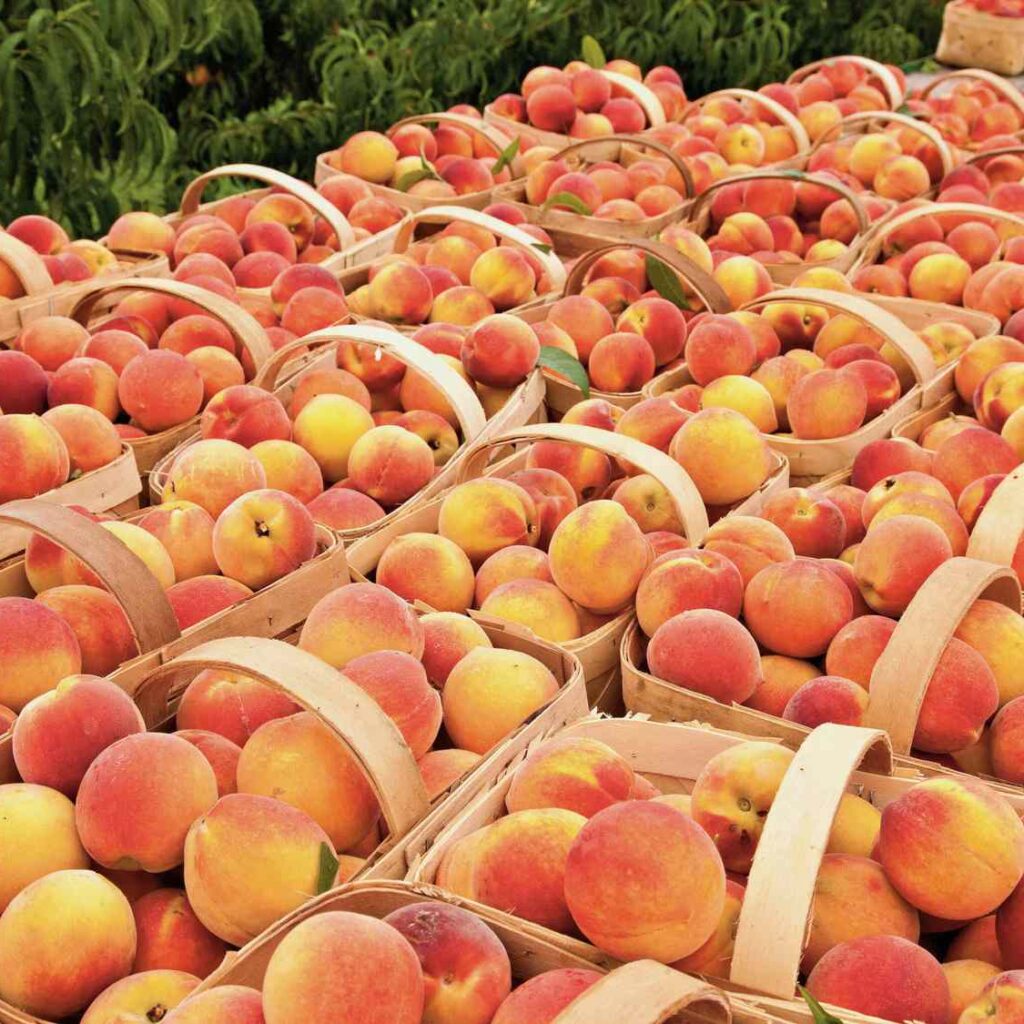
While not the largest producer, the United States—particularly California, Georgia, and South Carolina—has a solid reputation for high-quality peaches. California alone accounts for over 70% of the country’s production.
- Georgia, nicknamed the “Peach State,” is famed for its soft, sweet, and fragrant peaches.
- The U.S. peach industry focuses heavily on fresh market appeal, varietal improvement, and shelf-life extension.
6. Spain and Italy: European Powerhouses
In Europe, Spain and Italy dominate peach production:
- Spain: Known for its yellow-fleshed peaches, it’s one of the largest exporters to EU countries. Regions like Aragon and Catalonia are major contributors.
- Italy: Offers diverse varieties, including white, yellow, and flat peaches. The Emilia-Romagna region is a top-growing area.
Both countries invest heavily in mechanized farming and export-driven supply chains, supplying peaches across Europe and beyond.
7. Ideal Growing Conditions for Peaches
For high yield and fruit quality, peaches require:
- Climate: Temperate with cold winters (to break dormancy) and warm springs/summers.
- Soil: Well-drained sandy or loamy soils, with a pH between 6.0 and 7.0.
- Sunlight: Minimum 6–8 hours of direct sun per day.
- Chill Hours: Peaches need 500–1,000 chill hours depending on the variety—essential for bud development.
China’s vast landmass allows for regional matching of variety to condition, further boosting success.
8. Varieties of Peaches
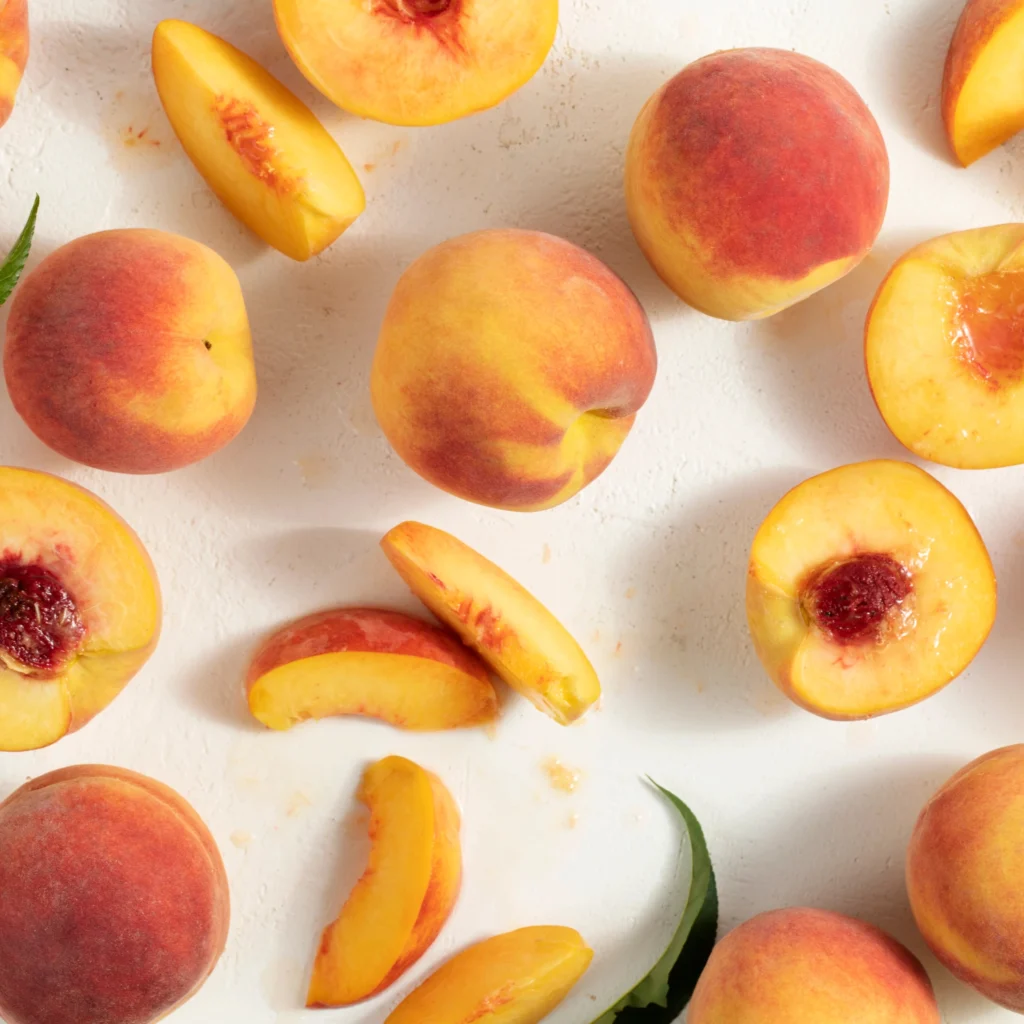
Peaches are generally categorized into:
- Clingstone Peaches: Flesh clings to the stone. Often used for canning and preserves.
- Freestone Peaches: Easier to pit. Popular in fresh markets.
- Flat (Donut) Peaches: Low acidity and high sweetness; increasingly popular.
- White Peaches: Sweeter, less acidic, commonly found in Asian markets.
- Yellow Peaches: Tangy and firm; widely grown in the West.
China cultivates a rich diversity of all the above categories, driving both domestic consumption and niche exports.
9. Export and Consumption Trends
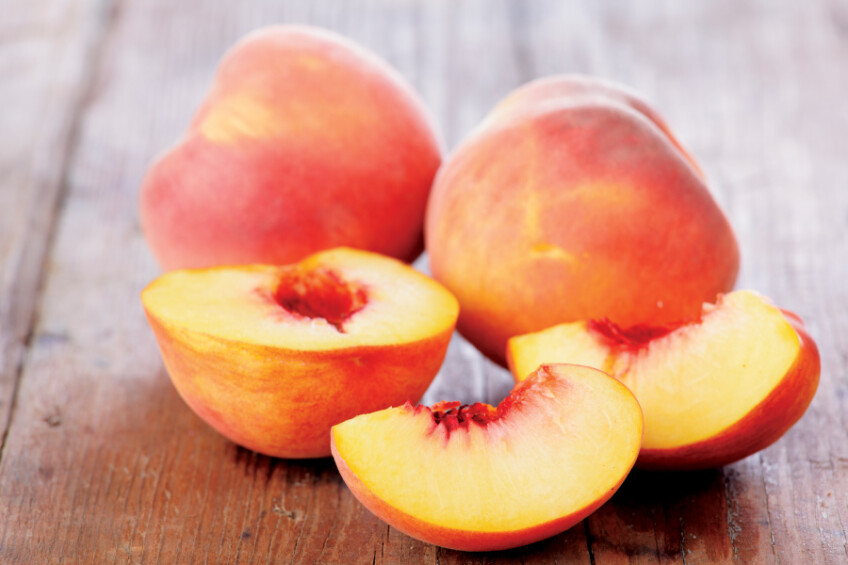
Domestic Consumption in China:
A large portion of China’s peach crop is consumed domestically, thanks to high demand and population size. Fresh consumption, peach juices, jams, and traditional herbal uses are all common.
Exports:
China’s export footprint is growing, with peaches shipped to:
- Southeast Asia (Vietnam, Thailand)
- Russia
- Middle Eastern markets
However, countries like Spain and the U.S. are stronger in peach exports due to international logistics and post-harvest infrastructure.
10. Sustainability and Future Outlook
China’s peach industry continues to modernize with:
- Smart Irrigation: Using AI and IoT to manage water resources.
- Integrated Pest Management (IPM): Reducing chemical reliance.
- Organic Farming Trends: Growing interest in premium, pesticide-free produce.
- Cold Storage and Supply Chains: Improving shelf life and export readiness.
As urban farming and demand for local produce grow globally, China’s role in shaping peach-related innovations will likely expand.
Conclusion: Why China Reigns Supreme in Peach Production
To summarize, China stands out not just for producing the most peaches in the world, but for its deep cultural roots, variety of cultivars, favorable climate, and advanced agricultural techniques. Its dominance is so vast that even if combined, other top-producing countries would not rival China’s output.
While Spain, the U.S., Italy, and others shine in quality and exports, China’s combination of history, volume, and innovation keeps it firmly in the top spot.
So, next time you bite into a sweet, juicy peach, there’s a good chance it traces its roots—both literally and figuratively—back to China.
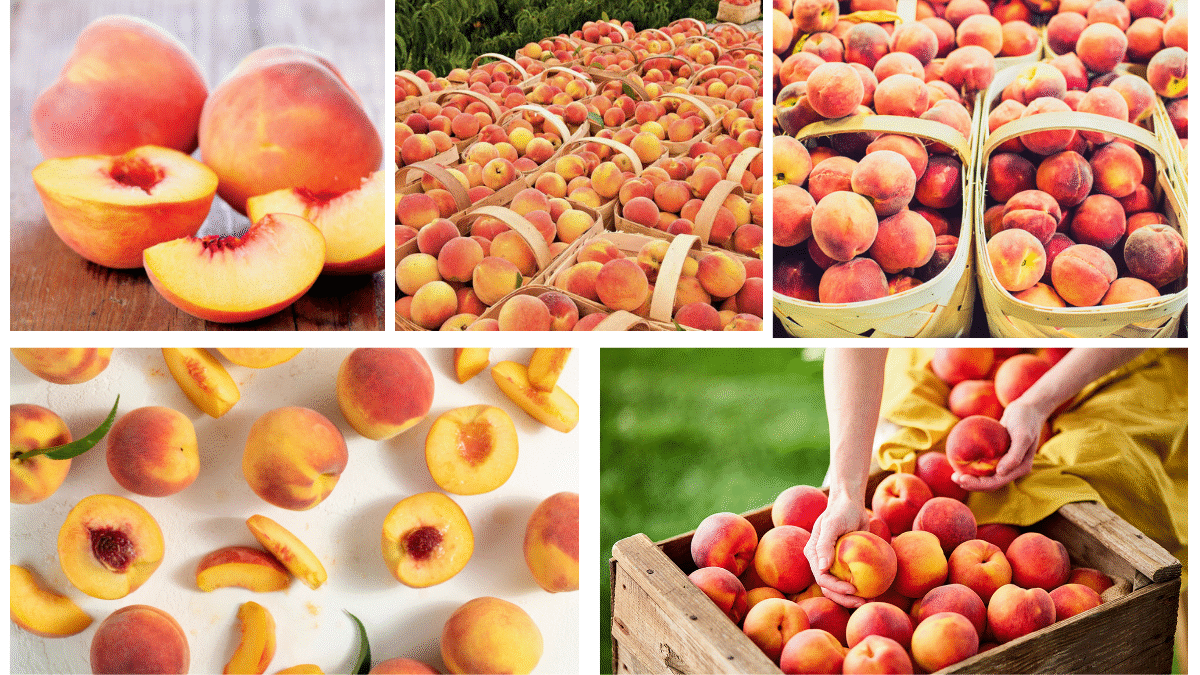

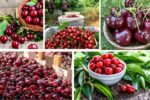

Leave A Comment